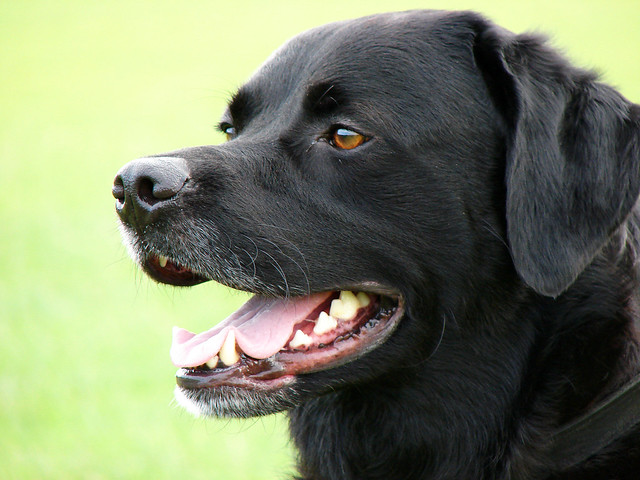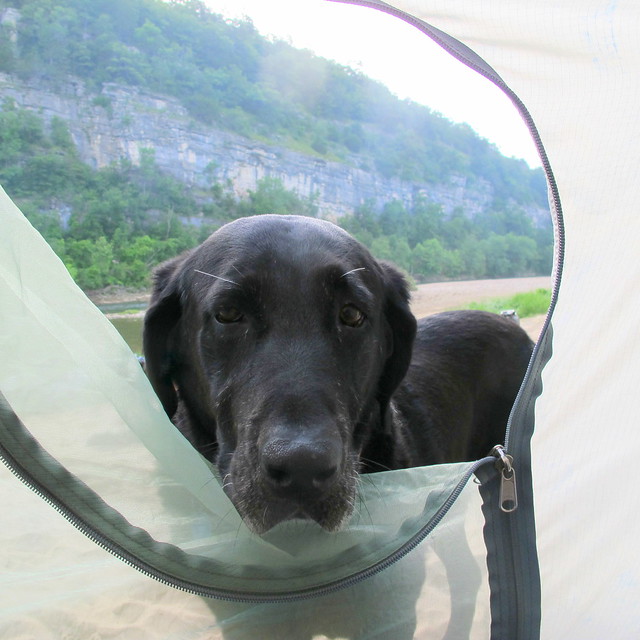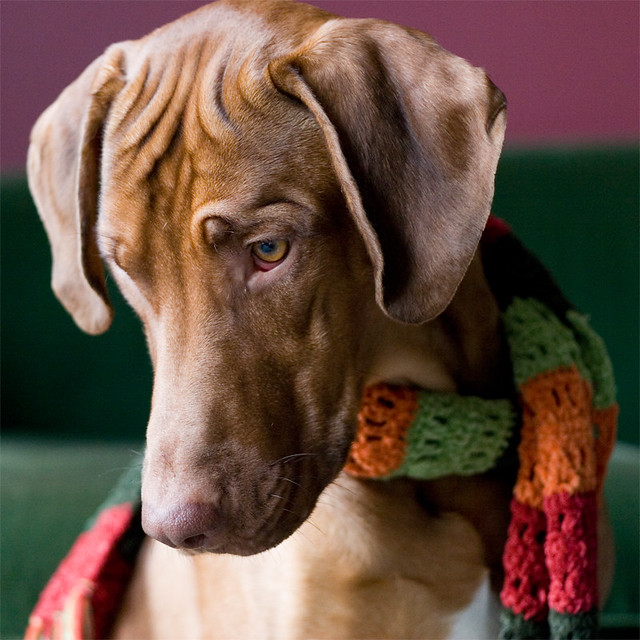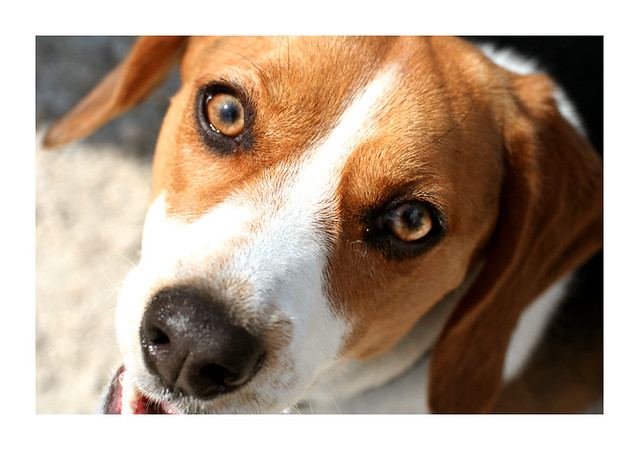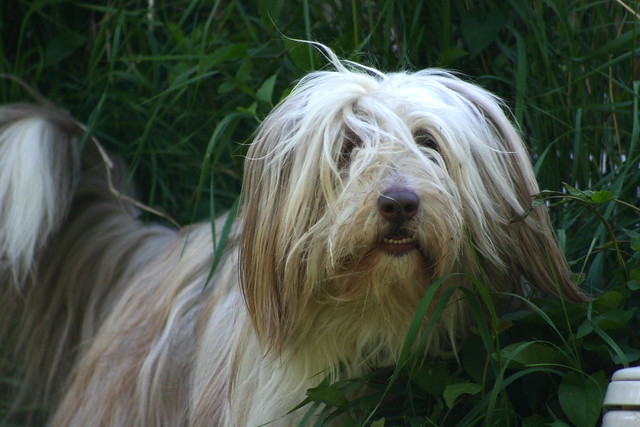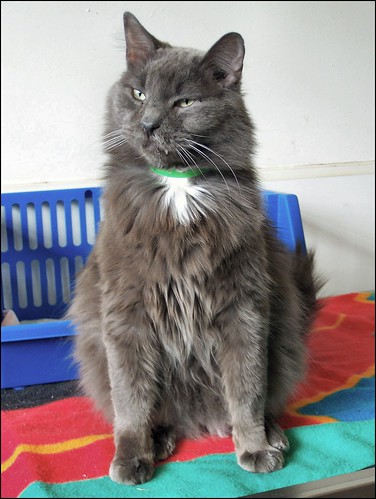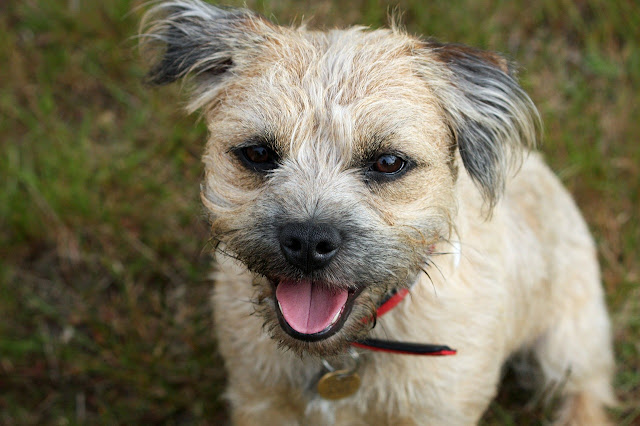 |
| Border Terrier - Photo: Pixabay |
Here are some concerns regarding Border terrier pet dogs:
1) Temperament – when people talk about terriers, they all comment on the same behavior using different words. Some people say that their dogs are feisty. Some say that their dogs are stubborn. Some people would prefer to use the word impulsive. The point is, they all describe the same behavior. A terrier is inherently dynamic in its behavior. It is part of what makes a terrier, a terrier.
The temperament of the Border terrier pet dog may be quite surprising, if not outright shocking for most people because of its size. For such a small dog, a Border terrier pet dog sure packs a lot of energy.
2) Aggression - Border terrier pet dogs are not really as aggressive as other breeds. However, its instincts as a terrier would still urge it to run after anything smaller than it. This means that if you own a cat or even a pet rabbit, you cannot have a Border terrier pet dog. This also means that you cannot trust a Border terrier pet dog out of its leash. If it even sees something running, it will take off, leaving you yelling uselessly. This, of course, can cause accidents to happen. In order to make sure that your Border terrier pet dog does not get hit by a car, you need to keep that pet on a leash outside.
3) Escape – it is recommended by many experts that Border terrier pet dogs should be kept in a fenced-in yard to let it have some roaming space while making sure that it is safe. However, you should know that Border terrier pet dogs are clever escape artists. Even if a Border terrier pet dog is within a closed in a fence, you should try to keep an eye on it.
4) The noise - Border terrier pet dogs will bark at practically anything that catches their attention. Because of this, you need to properly train them to bark only when needed. You should also be quick to stop them if they are barking inappropriately.
For this reason, you should not really get a Border terrier pet dog if you live with very close neighbors and if you work during the day. An unsupervised Border terrier pet dog is sure to keep barking all day long. This, of course, may draw complaints from your neighbors.
5) Independent thinking – what people love about Border terrier pet dogs is the fact that they can learn very quickly. This is because of their inherent curiosity and toughness. However, the same qualities that make them prize-winners can also make them very stubborn when they want to. You have to be consistent with your commands and show the Border terrier pet dog that you mean what you say. In doing so, you will be training the Border terrier pet dog properly.


